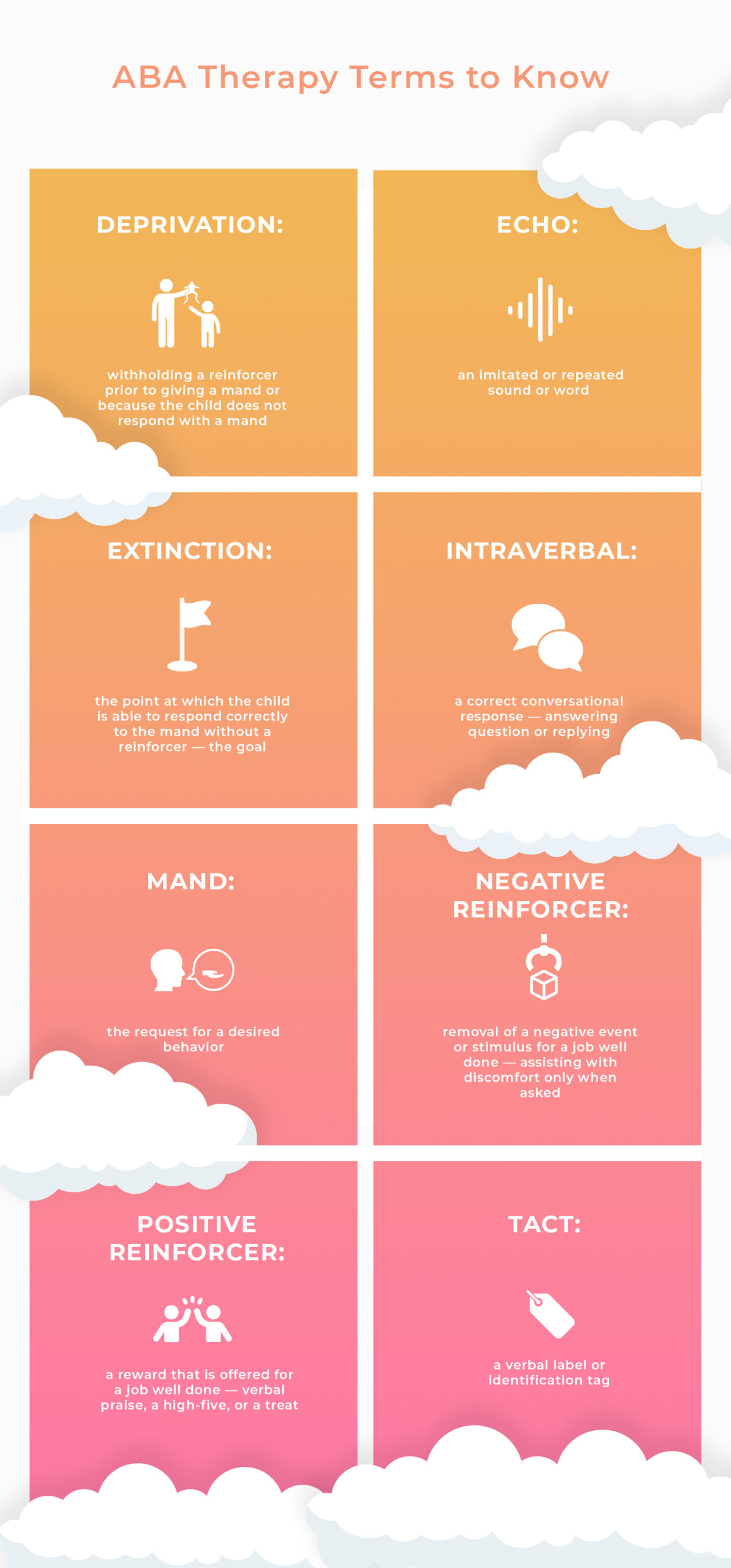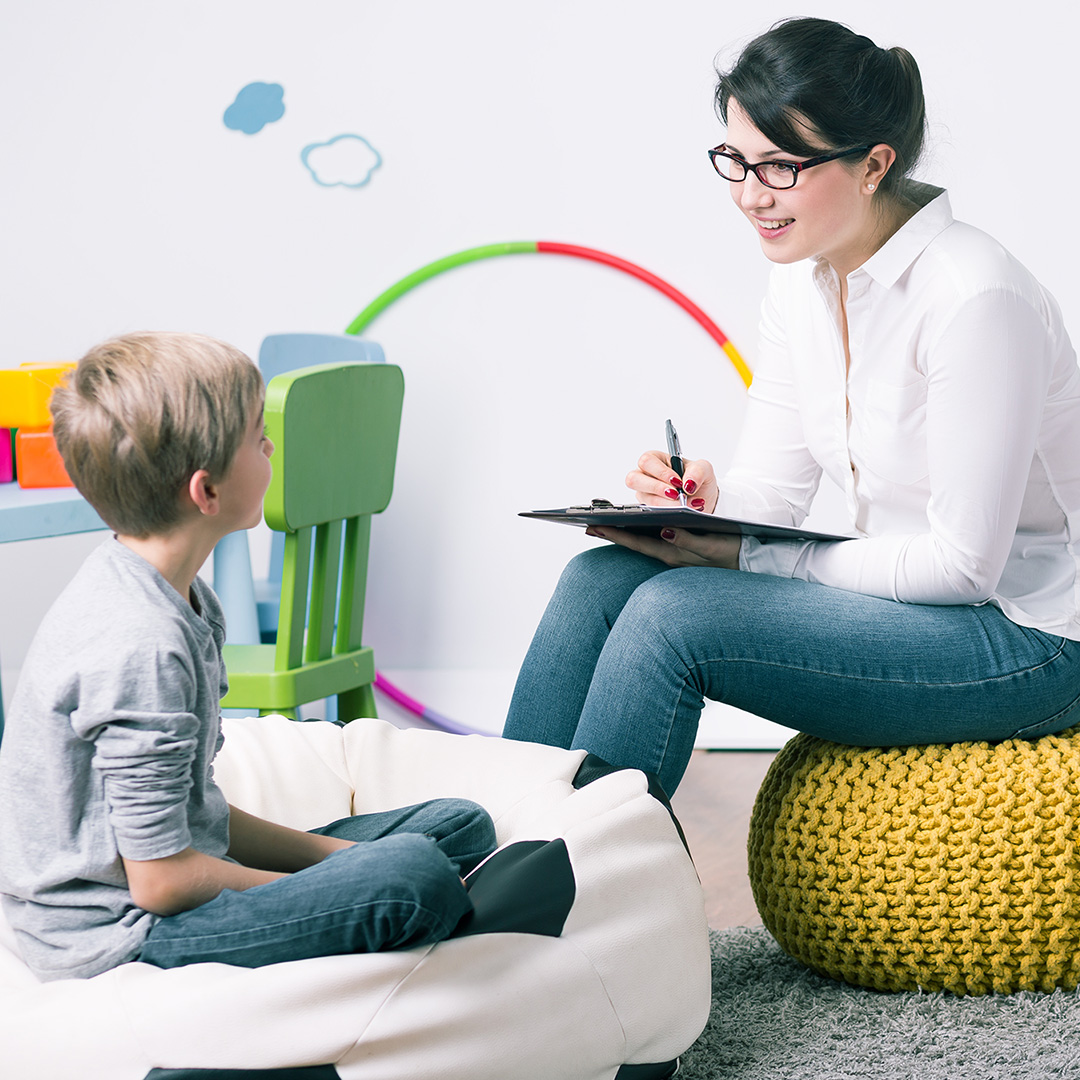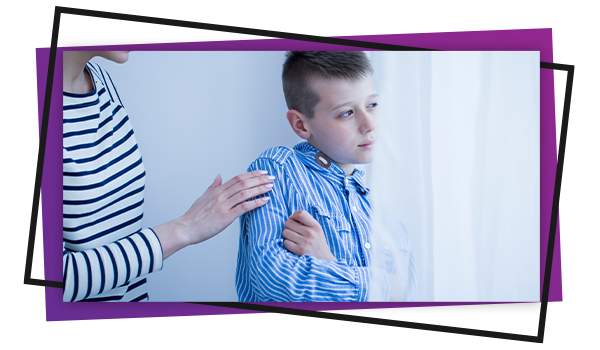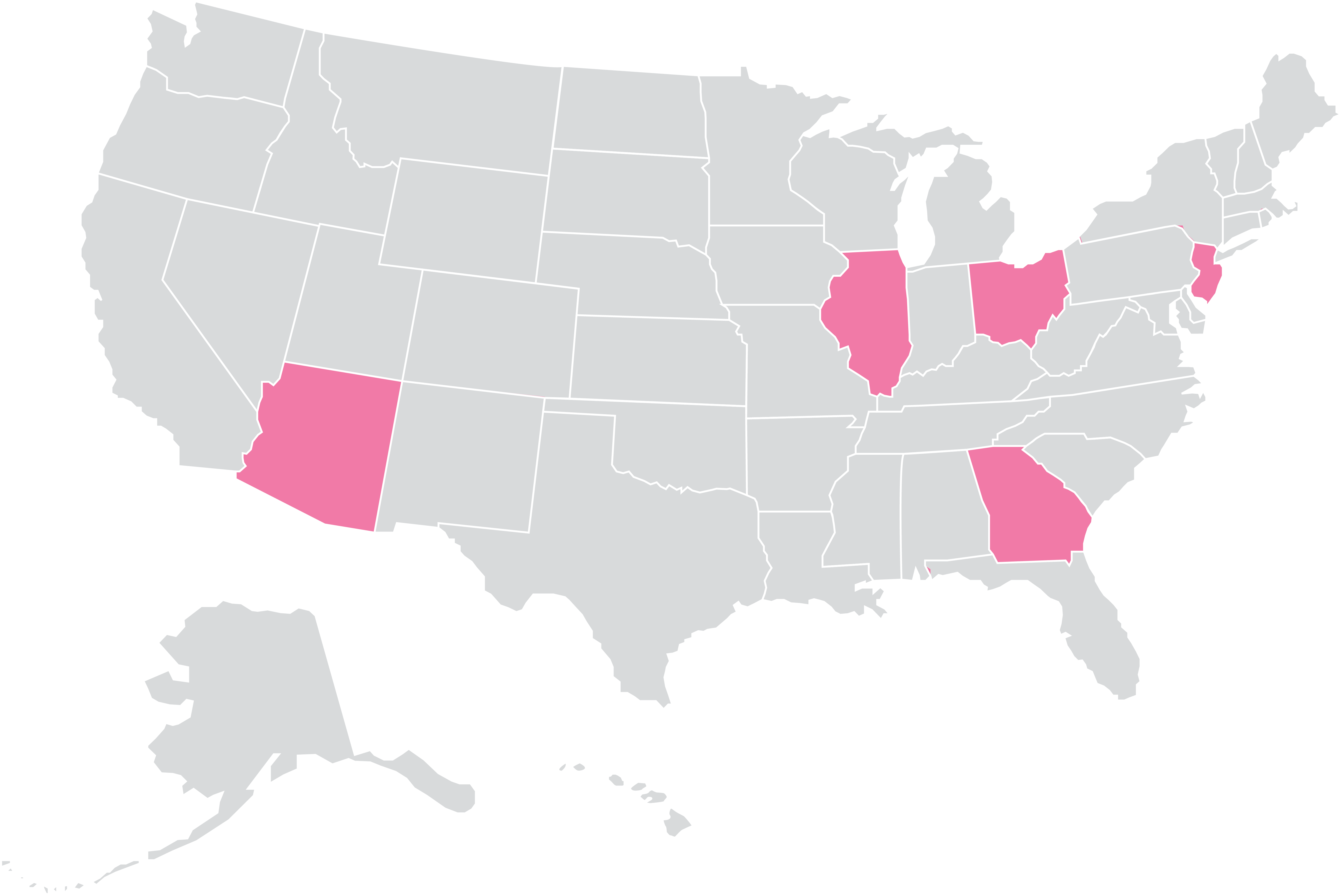Applied Behavior Analysis
Learning the Autism Treatment ABCs —
Antecedent, Behavior, Consequence
Applied Behavior Analysis (ABA) therapy is an individualized treatment founded on the belief of neuroplasticity and the basics of learning and behavior. Backed by science and decades of research, ABA therapy focuses on reducing negative behaviors while reinforcing positive behaviors to help those on the spectrum better self-regulate and interact socially. Overcoming challenging behaviors and enhancing interpersonal skills can dramatically improve the child’s ability to gain independence and reach their full potential.
At SkyCare ABA, our skilled therapists use the latest recommendations and evidence-based practice to develop effective multidisciplinary care plans to help clients improve their communication and social skills while decreasing maladaptive behaviors. Learn more about ABA and enroll in a program today.
Antecedent - Behavior - Consequence
ABA therapy uses the ABC principle of antecedent, behavior, consequence, to better understand behavior, and thus, offer interventions to improve maladaptive behaviors.
Antecedent
An antecedent is what occurs right before a behavior. The antecedent is any perceived input and can be verbal, such as a command or request; physical, such a toy or object or sensory, like light, sound, or something else in the environment. An antecedent may come from the environment, from another person, or even be internal, such as a thought, feeling, or biological process.
With children on the spectrum, interpreting input or stimuli may be delayed or altered, typically leading to a behavior that is different than what is expected or desired.
Behavior
The resulting behavior is the response or lack of response to the antecedent. It is common for children on the spectrum to respond indifferently or inappropriately to an antecedent, and this is where effective ABA therapy comes into play. A behavior may be verbal or physical. For instance, in response to a parent saying, “it’s time to get ready for bed (the antecedent),” a child may respond with, “NO!” or simply not acknowledge the request (behavior). The goal of an effective ABA program is to replace these inappropriate behaviors with more effective ones. For instance, the child would respond with something like, “okay, may I have 5 more minutes?” or simply performing the requested action.
Consequences
A consequence is what comes directly after the behavior. It can include positive reinforcement of a desired behavior, or no reaction for inappropriate responses. The goal is to “correct” the behavior by offering positive reinforcement or corrective interventions — consequences. Consequences are essentially immediate feedback that will direct the behavior the next time the antecedent is presented. For instance, for an inappropriate behavior/response, the parent may remove a desired object or offer a more appropriate solution. For desired behaviors or correct responses, positive reinforcement and praise will help motivate the child to repeat those behaviors. Different consequences will affect whether the behavior is likely to happen again.
Behavioral Inspired Growth
Applied Behavior Analysis (ABA) can be used to help children on the spectrum improve their social, play, and communication skills, and can teach them to self-regulate. With successful ABA integration, children with autism may gain the ability to manage their own behavior.

Locations We Serve
SkyCare ABA is dedicated to every child’s unique personality as well as each family’s well-being as a whole. Our departments are headed by recognized leaders in their fields to provide comprehensive, holistic approaches, enabling each child to achieve optimal success.
Conditions That May Benefit From ABA

Autism Spectrum Disorder (ASD)

Obsessive Compulsive Disorder (OCD)

Attention Deficit Hyperactivity Disorder (ADHD)

Post Traumatic Stress Disorder (PTSD)
Prominent ABA Therapy Techniques

Pivotal Response Treatment (PRT)
Pivotal Response Treatment (PRT) is a play-based, child-initiated autism treatment option. As its name suggests, PRT targets pivotal areas of a child’s development instead of working on specific behaviors. By focusing efforts on pivotal developmental milestones, PRT offers improvements in areas of social interaction, communication, learning, and behavior. The pivotal areas they focus on include motivation, response to multiple stimuli, self-regulation, and social interaction. In PRT, motivation is the key to creating changes and the child should be rewarded for good attempts, not perfection. Motivation encourages the child to continue trying.
Discrete Trial Training (DTT)
Discrete Trial Training (DTT) is a structured ABA technique that breaks down desired skills into smaller, more digestible — discrete — components. In order of importance and disability, the DTT trainer teaches each skill one by one, using tangible positive reinforcements to achieve a desired behavior. Using DTT is a slower process, but prevents sensory overload and promotes sustainable learning and comprehension. It can be applied to both behaviors and academics.


Early and Intensive Behavioral Intervention (EIBI)
Early and Intensive Behavioral Intervention (EIBI) begins in very early childhood to teach adaptive behaviors to children on the spectrum as soon as the diagnosis is made. When EIBI is implemented before the age of five with a high intensity of 30 to 40 hours a week, the best outcome may be achieved. EIBI focuses on identification of critical skills that the child lacks or is delayed in and breaks down the skills to teach over time, allowing the child to successfully build a solid foundation.

4 Ways ABA Therapy Helps Children with Autism
Applied Behavior Analysis therapy is a personalized therapy program offered to families of children with autism. This kind of therapy is a treatment that’s designed specifically for each child and centered around their unique needs to help them grow and improve their skills and behaviors. Here are four ways that ABA therapy can help children with autism:

Functional Behavior Assessment
One of the most important benefits of ABA therapy for children with autism is that it provides an effective way of helping to reduce negative behaviors so your child can better interact socially. Because ABA therapy is backed by science and decades of research, it can be a powerful tool in helping your child to overcome challenging behaviors.
Reinforces Positive Behaviors
On the opposite side of working to reduce negative behavior in children with autism is reinforcing positive behaviors that will help your child function and communicate more effectively. By working closely with you and your child to ensure that you both know which behaviors are positive and how to reinforce them effectively, our ABA therapy program can help your child and your family.


Enhances Interpersonal Skills
Interpersonal skills aren’t always easy to build, no matter who you are. However, with ABA therapy programming from SkyCare ABA, our team can help your child to learn and grow interpersonal skills. The program is designed to help your child be more well-equipped to make friends, communicate effectively, and enjoy quality time with others.
Better Self-Regulation
Self-regulation is a key skill to learn for functioning well around others and learning to communicate effectively with family members, friends, and even strangers. SkyCare ABA therapy works to help your child learn self-regulation techniques that work best for them. Through individualized treatment, we will work to provide the tools your child needs to recognize and regulate behaviors and moods to better interact with others.

Learn more about ABA Therapy programming from SkyCare ABA today or get started with enrollment by reaching out to us today! We look forward to working with you and your child for affordable, personalized developmental ABA services!
ABA Assessments Used to Develop Treatment Plan

Basic Language Assessment
The basic language assessment helps the BCBA evaluate the language, speech, and communication abilities of the child to determine whether speech-language therapy should be included in the plan and the impact that communication may have on building the rest of the treatment plan.

Preference Assessment
A preference assessment is used to identify the child’s preferred style of learning and interpersonal interaction, as well as gauge what motivates the child. An important element of the preference assessment is gaining an understanding of mechanisms and environments that are most supportive of the child’s treatment and identifying reinforcers to use during treatment.

Functional Behavior Assessment
The purpose of a functional behavior assessment is to evaluate which areas or skills the child is lacking and needs to develop and to identify the purpose that challenging behaviors serve for the child — escape, avoidance, etc. Once the purpose, or function, is identified, the BCBA can create a plan to help overcome these behavior challenges while still having your child’s needs met.

VB-MAPP
A verbal behavioral milestones assessment and placement program (VB-MAPP) is an assessment that evaluates your child’s skills and abilities compared to that of a child who is not on the spectrum to gain a better understanding of specific deficits. This particular assessment also helps identify barriers and behavioral challenges. This assessment is repeated throughout the course of therapy to track progress and act as a guide for treatment and goal modification.
ABA Treatment Plan Elements

ABA Principles

Verbal Behavior

Fluency Building

Discrete Trials Training

Positive Behavior Support

Incidental Teaching

Errorless Teaching

Picture Exchange Communication
Why So Many Parents Trust ABA Therapy
Positive, Measurable Outcomes

Proven Track Record

Science-Based

Time-Tested

Easy to Implement


